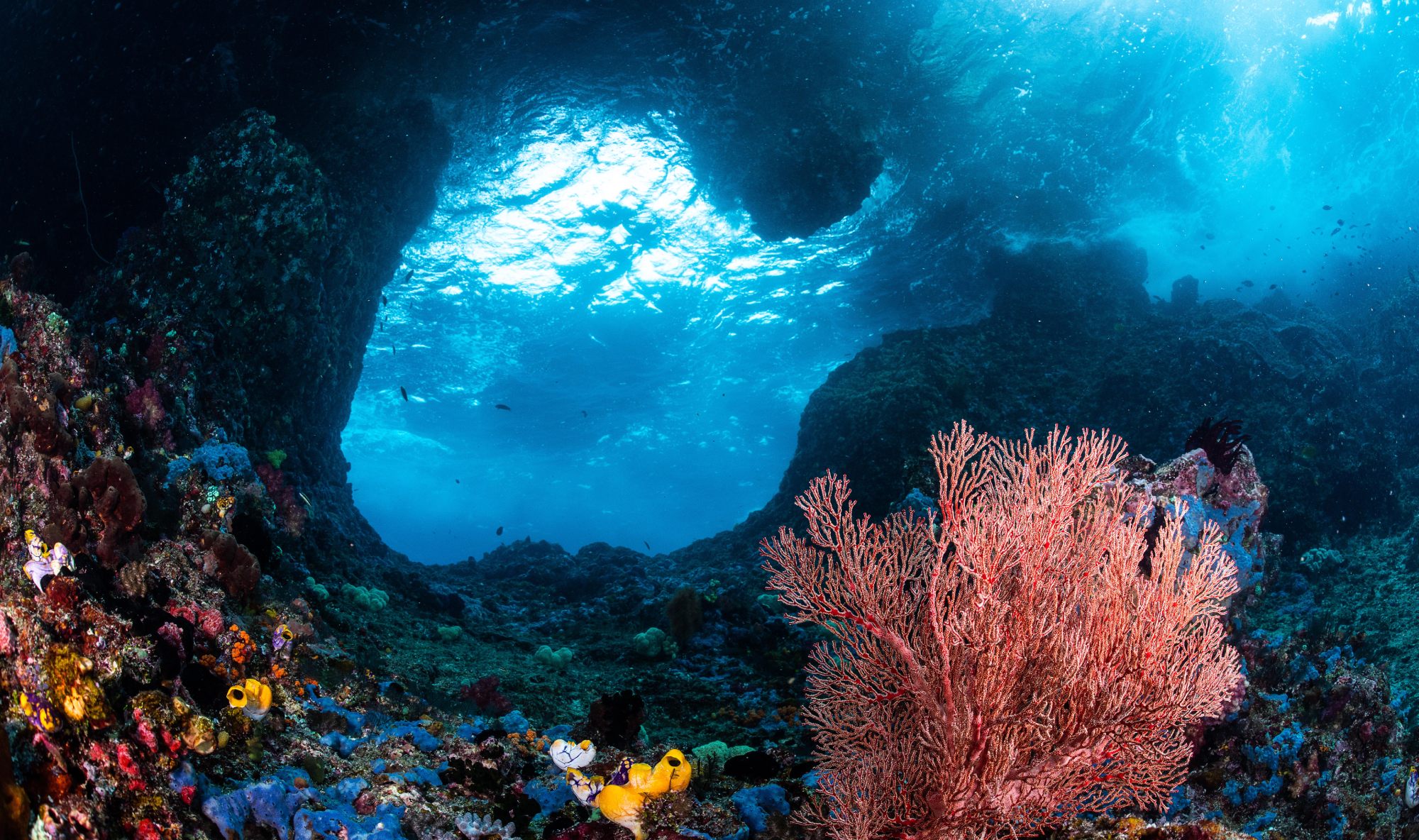Central to the US MBON is the development of new and innovative means to assess marine biodiversity. The MBON community has made significant advances in molecular eDNA techniques to evaluate taxa diversity – from microbes to whales – in highly contrasting ecosystems such as the Florida Keys and Monterey Bay in California. The team is examining the effectiveness of eDNA in the detection of change in biodiversity over time across Sanctuaries and other areas (e.g. the Chukchi Sea in the Arctic) in response to shifts in environmental conditions. Using a single water sample, DNA from microscopic organisms but also from larger organisms in the form of particles, skin or excrement, can be used to detect organisms ranging from microbes to zooplankton, fish, and whales. MBON projects have been central in developing best practices for eDNA and demonstrating its utility for biological observing; there is now growing consensus that this technique provides a new and exciting window into observing life in the sea.
In addition to the development of the molecular aspects, MBON projects have also advanced the means to collect samples for eDNA analysis using autonomous underwater vehicles. During summer 2018, scientists from NOAA and the Monterey Bay Aquarium Research Institute – brought together under the Sanctuaries MBON project – worked together on an experiment targeting ecosystem hotspots. Using long-range autonomous vehicles equipped with Environmental Sample Processors, researchers from NOAA’s National Marine Fisheries Service and MBARI collected eDNA in these species-rich zones to examine their role in the ecosystem. Additionally, these samples were compared to ones gathered by traditional means to assess LRAUV sampling. U.S. IOOS supported the management of profiling glider data during the experiment via the Central and Northern California Ocean Observing System (CeNCOOS), and scientists from the OAR/Atlantic Oceanographic and Meteorological Laboratory were aboard the Ruben Lasker collecting samples for eDNA analysis. The results from these experiments offer scientists a more detailed understanding of the processes that drive the abundance and structure of marine communities in a moving ocean, which is essential for forecasting the longer-term consequences of climate change on marine ecosystems.

